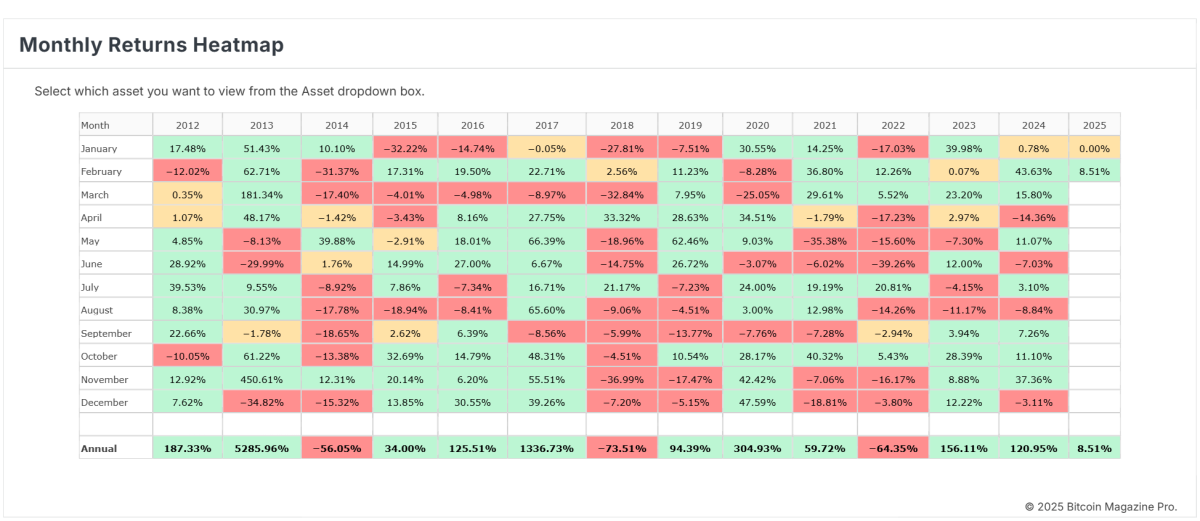Step-By-Step Guide: How to Get a Personal Loan
Personal loans can be a practical solution for covering a wide range of expenses, from consolidating debt to financing a major purchase. Here’s a step-by-step guide on how to secure a personal loan effectively and efficiently.
Step 1: Assess Your Financial Situation
Before applying for a personal loan, take a close look at your financial situation. Determine how much money you need, and consider your ability to repay the loan. Assessing your current debts, monthly expenses, and income will help you understand your borrowing capacity and avoid taking on too much debt.
Step 2: Check Your Credit Score
Your credit score is a key factor in determining your eligibility for a personal loan and the interest rate you’ll be offered. Obtain a copy of your credit report from one of the major credit bureaus (Equifax, Experian, or TransUnion) and check your credit score. If your score is low, take steps to improve it before applying, such as paying down existing debts and correcting any errors on your credit report.
Step 3: Research Lenders
Different lenders offer various terms, interest rates, and fees. Research banks, credit unions, online lenders, and peer-to-peer lending platforms to find the best fit for your needs. Consider factors such as:
- Interest rates
- Loan terms
- Fees (origination fees, prepayment penalties, etc.)
- Customer reviews and lender reputation
Step 4: Prequalify for a Loan
Many lenders offer prequalification, which allows you to see potential loan offers without impacting your credit score. During prequalification, you’ll provide basic information about your financial situation, and the lender will give you an estimate of the loan amount, interest rate, and terms you might qualify for. Use this information to compare offers and choose the best one.
Step 5: Gather Necessary Documentation
Once you’ve chosen a lender, gather the necessary documentation for your application. This typically includes:
- Proof of identity (e.g., driver’s license or passport)
- Proof of income (e.g., pay stubs, tax returns, or bank statements)
- Employment verification
- Proof of residence (e.g., utility bill or lease agreement)
- Social Security number
Step 6: Submit Your Application
With your documentation in hand, complete the loan application process. This can often be done online, over the phone, or in person. Be prepared to provide detailed information about your finances and the purpose of the loan. Double-check your application for accuracy to avoid delays.
Step 7: Await Approval
After submitting your application, the lender will review your information and make a decision. This process can take anywhere from a few minutes to several days, depending on the lender and the complexity of your application. During this time, the lender may contact you for additional information or clarification.
Step 8: Review the Loan Agreement
If you’re approved for the loan, the lender will provide a loan agreement outlining the terms and conditions. Review this document carefully, paying close attention to:
- Interest rate
- Monthly payment amount
- Repayment schedule
- Fees and penalties
- Any other conditions or requirements
Step 9: Sign the Agreement
If you agree to the terms, sign the loan agreement. This can often be done electronically. By signing, you commit to repaying the loan according to the specified terms. Keep a copy of the agreement for your records.
Step 10: Receive Your Funds
Once the agreement is signed, the lender will disburse the loan funds. This can happen as quickly as the same day or may take a few days, depending on the lender’s processes. Funds are typically deposited directly into your bank account.
Step 11: Use the Funds Wisely
With the loan funds in your account, use them as planned to cover your expenses. Whether you’re consolidating debt, paying for a major purchase, or covering emergency expenses, stick to your original purpose to avoid unnecessary spending.
Step 12: Repay the Loan
Make your loan payments on time each month to avoid late fees and potential damage to your credit score. Setting up automatic payments can help ensure you never miss a due date. If you find yourself struggling to make payments, contact your lender immediately to discuss potential solutions.
Conclusion
Securing a personal loan involves careful planning and research. By following these steps, you can find the best loan for your needs, ensure a smooth application process, and manage your repayments effectively. Always remember to borrow responsibly and within your means to maintain your financial health.










